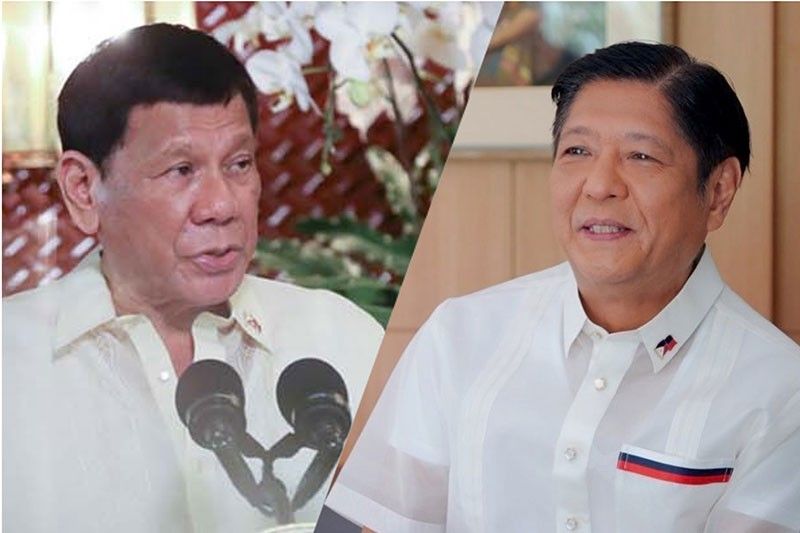Duterte leaves Marcos with P12.79-T debt pile

MANILA, Philippines — Former President Rodrigo Duterte left office with a P12.79 trillion debt pile, putting his successor, Ferdinand Marcos Jr., in a very delicate fiscal position that could handicap the nascent administration’s spending on its programs and planned reforms.
What’s new
Data from the Bureau of the Treasury released Friday showed the state’s debt stock rose 2.4% month-on-month in June, the final month of the Duterte administration. Since the beginning of the year, debts have accumulated by 9.1% or P1.06 trillion.
Recall that the late President Benigno Aquino III left office in June 2016 with a debt stock of P5.9 trillion, P1.4 trillion bigger than the P4.6 trillion pile that he inherited from his predecessor.
That said, the latest Treasury data means Duterte added P6.8 trillion to the government's debt load during his 6-year term.
Why this matters
It is normal for any emerging economies that are running on budget deficits to borrow money from creditors at home and abroad in order to supercharge growth and bridge any fiscal gaps. But when the Covid-19 crisis hit home in 2020, the Duterte administration was forced to jack up borrowings to cover growing pandemic expenses, all while state revenues took a hit from hard lockdowns that shuttered businesses and roiled the job market.
By the end of 2021, state liabilities already accounted for 60.5% of the country’s gross domestic product, the highest ratio since 2005 and breaching the 60% threshold deemed manageable for emerging market economies.
This means Marcos would need to find ways to improve revenues to cut debt and bankroll the programs that he promised to Filipinos when he ran for presidency. In his first State of the Nation Address, Marcos expressed his administration’s preference for better tax management and “spending efficiency” rather than imposing several new taxes to fix the government’s pandemic-battered balance sheet, a plan that could translate to a slow recovery in revenues and sluggish easing of public debt.
READ: Marcos sharpens focus on tax management, economic growth to cut debt
What an analyst says
Given the tight fiscal space, Domini Velasquez, chief economist at China Banking Corp., said the Marcos Jr. administration would likely rely heavily on private sector participation to finance its projects and programs.
“We do not expect the administration to resort to spending so much as to increased debt-to-GDP even further as economic managers are seeking to bring down the country’s debt to 61.8% of GDP this year and down to 52.5% by 2028,” Velasquez said in an interview.
“It will also likely shy away from incurring additional foreign debt, especially in the near-term, given the depreciation of the peso and the high volatility in foreign exchange markets,” she added.
Other figures
- Of the outstanding debt as of end-June, 31.5% came from external creditors while 68.5% were domestic borrowings.
- Domestic borrowings reached P8.77 trillion in June, inching up 1.2% from end-May levels.
- External borrowings grew 5.1% to P4.02 trillion, largely due to the effect of a depreciating peso that bloated the value of foreign debts by P186.94 billion.
- Latest
- Trending































